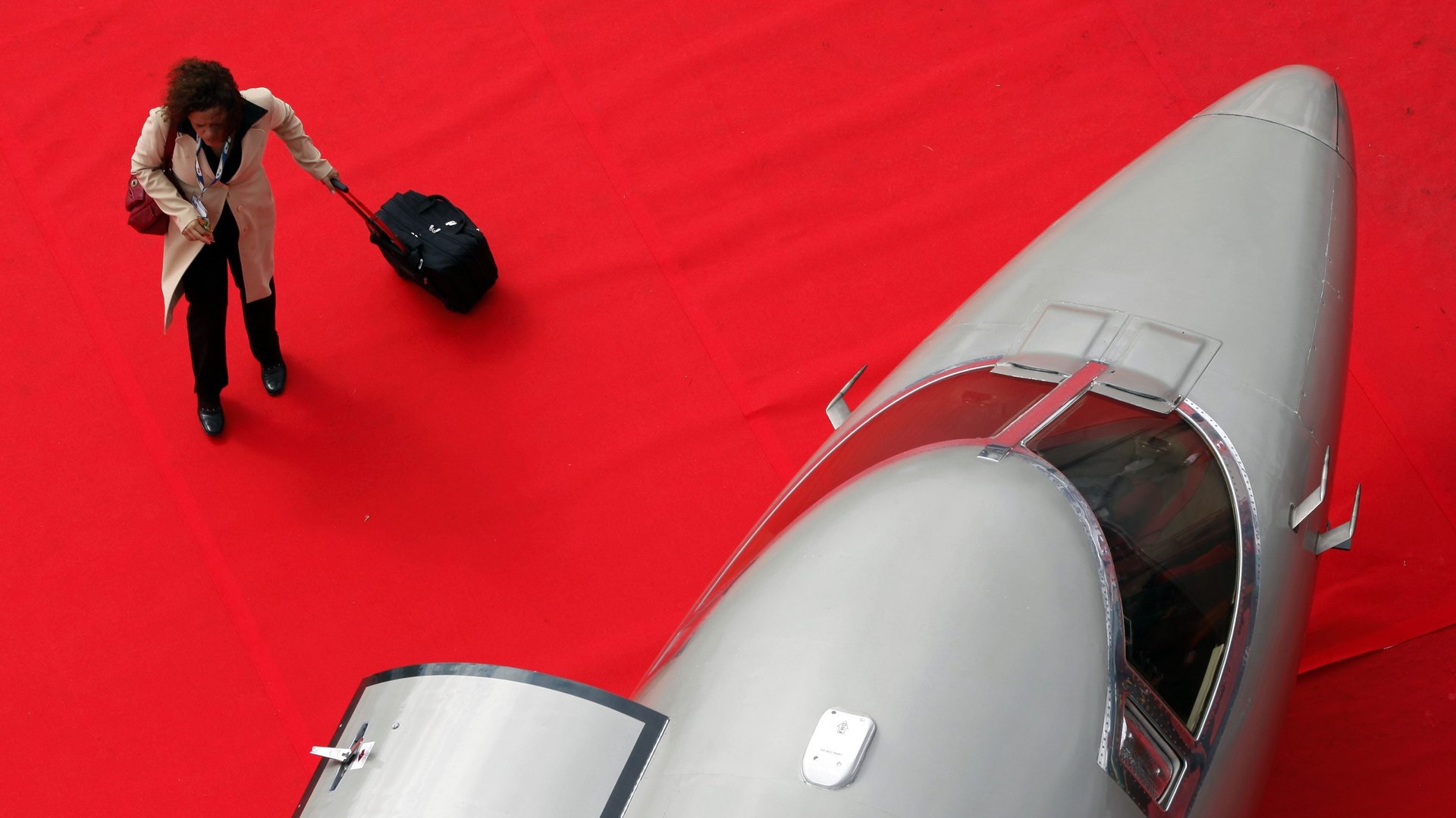The best (and worst) airlines for carry-on luggage
Unfortunately (or not) for frequent travelers, there is no standardized carry-on bag size. What is allowed on one airline can be too big on another—or too heavy. Cabin baggage rules imposed by airlines can feel arbitrary, but our analysis reveals that some carry-on restrictions are more common than others.


Unfortunately (or not) for frequent travelers, there is no standardized carry-on bag size. What is allowed on one airline can be too big on another—or too heavy. Cabin baggage rules imposed by airlines can feel arbitrary, but our analysis reveals that some carry-on restrictions are more common than others.
We analyzed the carry-on baggage constraints for 110 airlines, limiting our data to only what is included with each airline’s lowest-priced ticket. Here’s what we found.
What are the most common carry-on bag dimensions?
If you want to buy a carry-on bag that is allowed on many airlines but still has space for your stuff, we think a bag 55 cm x 40 x 20 (21.7 in x 15.7 x 7.9) is best. That size is permitted on 45% of the airlines in our analysis, and includes Lufthansa, EasyJet, Iceland Airlines, Swiss Airlines, Eurowings, and Air Canada. If you need a bit more space, 56 cm x 36 x 23 (22 in x 14.2 x 9.1) will get you on 34 airlines, including American Airlines, Virgin Australia, AirAsia, and Cathay Pacific.
Here are the same dimensions converted into inches. Only dimensions that two or more airlines use were included.
Which airlines allow the most by volume?
The most commonly permitted carry-on dimensions have a volume of 46 liters. But a handful allow for almost twice as much volume. Fourteen airlines, including Finnair, El Al, British Airways, Iberia Airlines, China Eastern Airlines, and EasyJet allow for up to 63 liters.
How much can my carry-on bag weigh?
There are a few airlines without hand-baggage weight restrictions, including EasyJet, Air Canada, JetBlue, American, WestJet, Delta, United, and RyanAir. Most airlines, however, enforce weight limits.
Of the airlines we looked at, 28 have a weight limit of 7 kg (15.4 lbs), and the same number have a limit of 10 kg (22 lbs). If you’re carrying on something heavy, you’re best to fly British Airways. They allow carry-on bags up to 23 kg (50.7 lbs).
Can I bring a personal item?
In most cases, yes. Seventy percent of the airlines in our study allowed for a personal item in addition to a carry-on bag. Definitions of personal item did vary, however, from an umbrella or a blanket to a purse or laptop bag. Airlines typically require personal items to fit under a seat.
Eight airlines, only permit a personal item with their cheapest ticket. These were some of the discount airlines that you would expect, like Allegiant Air, Wizz, Spirit, Porter, Frontier and Turkmenistan Airlines. It also included two of the world’s largest—RyanAir and United Airlines.
Kenya Airlines stands out. It is the only airline that allows for two personal items in addition to a carry-on.
Which airline has the best carry-on policy?
The airline in our study with the most generous carry-on policy is British Airways. Their weight limit of 23 kg (50.7 lbs) is significantly more than all other airlines. Their maximum baggage dimensions also allow the most capacity in the study—63 liters. And, of course, they allow a personal item.
Is RyanAir really the worst?
If you consider carry-on size restrictions as the greatest of airline sins, then yes. The discount European airline permits only one personal item for free, and that item must be within narrow dimensions—15.7 x 9.8 x 7.9 inches (40 x 25 x 20 cm). It’s the smallest dimensions in our study and amounts to just 20 liters, or about the size of a children’s school backpack.
The UK’s most-hated airline is in good company, however. Eight airlines only allow a personal item, and four of them constrain baggage to dimensions nearly as small as RyanAir. Canada’s Porter Airlines, recently unbanned Turkmenistan Airlines, United, and Hungarian-based Wizz Air restrict cabin baggage to 25 liters or less. For their part, RyanAir and United are the only ones of the five that don’t have a weight limit.